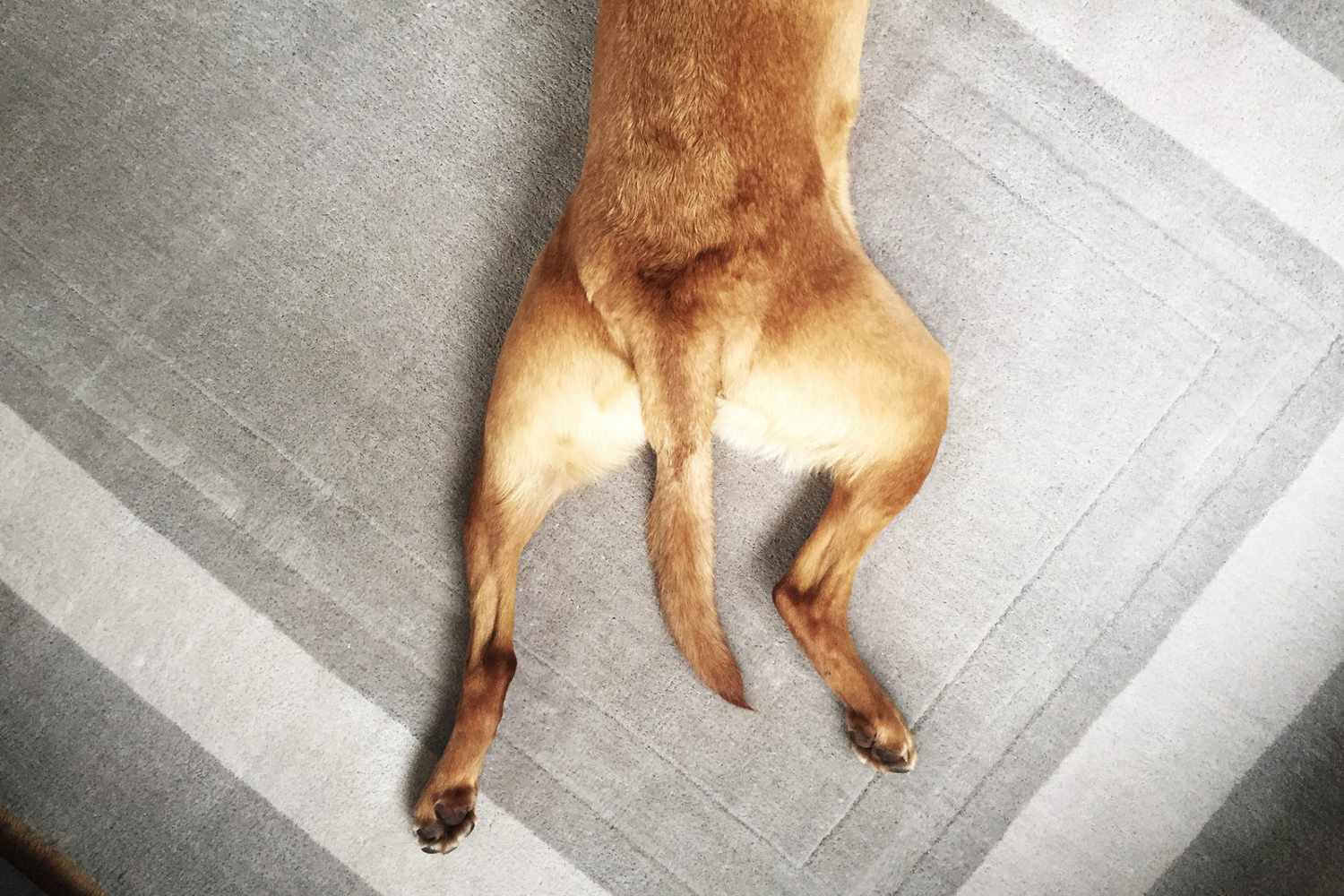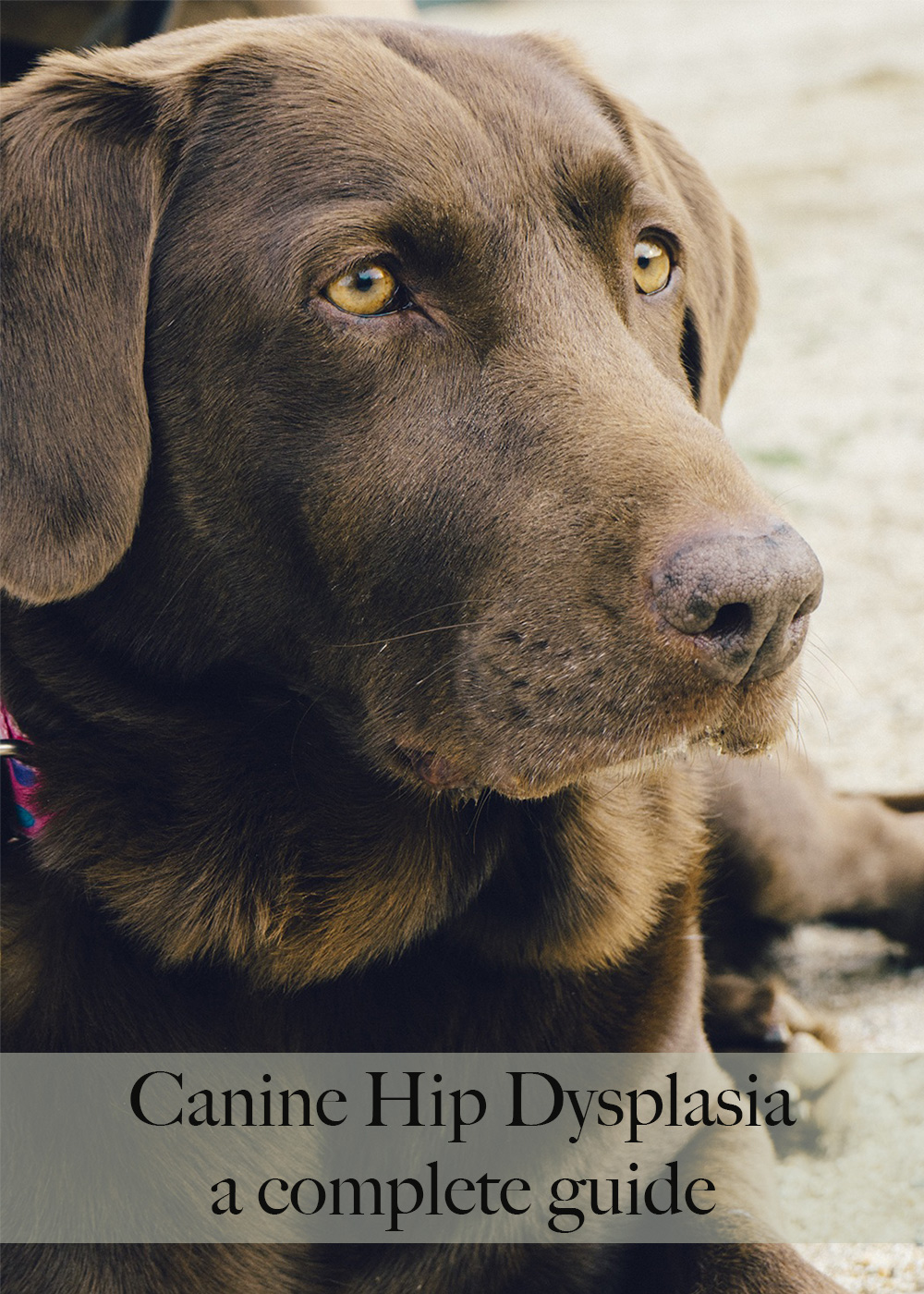
Hip Dysplasia In Puppies. Once your dog reaches 2 years of age you can take them to your veterinarian for the full test certification.

Hip Dysplasia Testing Dogs under 2 years of age can only be given a preliminary screen.
What age do labs get hip dysplasia. By the time a dog has reached two years of age almost 95 of CHD cases reveal themselves. This is why it is vital to only buy puppies from breeders who have tested the parents for both hip dysplasia and elbow dysplasia which is the same joint deformity in the elbow socket. Other common Lab joint problems include osteoarthritis from old age and not necessarily hip dysplasia and elbow dysplasia which can result in lameness of the front legs.
Always consult your veterinarian if you see the symptoms of Labrador hip dysplasia. X-rays and a full exam are necessary for proper diagnosis. Labrador Hip Dysplasia Surgery.
Hip Dysplasia In Puppies. Puppies are rarely diagnosed with hip dysplasia until they are at least six months old. It is most often diagnosed between 6 and 18 months of age.
The earlier that the puppy is diagnosed the less likelihood they will have had of developing arthritis in the damaged joint. Labrador Retriever puppy dog hip dysplasia. The left hip positioned on the right side in the X-ray is worse than the right hip with only slight coverage of the head of the femur by the acetabulum.
The disease can occur in Labs that are just a few months old or it. Radiographs of animals 24 months of age or older are independently evaluated by three randomly selected board-certified veterinary radiologists from a pool of 20 to 25 consulting radiologists throughout the USA in private practice and academia. Each radiologist evaluates the animals hip status considering the breed sex and age.
Symptoms of Hip Dysplasia in Dogs Some dogs begin to show signs of hip dysplasia when they are as young as four months of age. What is hip dysplasia. Our hips and the hips of our dogs are ball and socket joints.
And for these joints to work properly the ball part which is the bulbous end at the top of the long thigh bone must fit neatly into the socket which is a part of the pelvis. Your dogs back legs need to swing smoothly back and forwards as he moves. The most common cause of hip dysplasia in dogs is solely based on genetics.
Large breed dogs such as the Great Dane Labrador Retriever Golden Retrievers St. Bernard and German Shepherd dogs are among those canines who have the genetic predisposition for. Biomechanical changes caused by joint laxity or malformation of the hip bone socket can show in puppies.
This can be as young as 2 months old. Breeds Prone to Hip Dysplasia Many dogs are prone to hip dysplasia. Large active dogs are at a higher risk of developing hip problems later in life.
Many German Shepherds develop mobility issues as they enter their second stage of life which starts around the age of seven. Hip dysplasia is a complex inherited condition where the hip joint does not develop correctly. As a dog gets older the joint undergoes wear and tear and deteriorates leading to a loss of function.
This can cause varying degrees of pain discomfort stiffness and lameness. How is hip dysplasia. Hip Dysplasia Testing Dogs under 2 years of age can only be given a preliminary screen.
They cannot get their full certification until they are 2 years old. Once your dog reaches 2 years of age you can take them to your veterinarian for the full test certification. Hip dysplasia will get worse with age and older dogs will often start to struggle with their mobility.
This can include being unable to climb stairs jump onto or off a couch or run like they once did. This level of hip dysplasia can be managed though with adjustments in lifestyle as your dog gets older. Genetic not environmental typically manifests bilaterally in both hips usually before the age of 10 months - but an early injury to one leg that goes untreated for too long can result in dysplasia of a lesser degree in the leg that compensates for the injury so even this being genetic rather than environmental is questionable.
Depending on the severity of the condition dog hip dysplasia can manifest in many different ways. Some dogs show serious symptoms from an early age early-onset CHD can affect puppies as young as four months while others may show little or no signs of discomfort throughout their lives. Some dogs will limp or be reluctant to climb stairs.
These signs can be seen in puppies as early as a few months old but are most common in dogs one to two years of age. Dogs with mild hip dysplasia on radiographs X-rays may develop minimal arthritis without clinical signs until they are older. Hip dysplasia in dogs is a developmental disease so often this abnormality presents in the first 1-2 years of life.
In some cases you will not notice that there is any problem until arthritis in the hips becomes bad later in life. As a result some cases of hip dysplasia are not. Hip dysplasia is a painful condition of the hip joint that commonly affects.
Begin showing symptoms while they are growing at around 5-6 months of age. Weight control exercise control and pain relief but some do not and require surgery. Breed pedigrees including Labradors German Shepherds Golden Retriever.